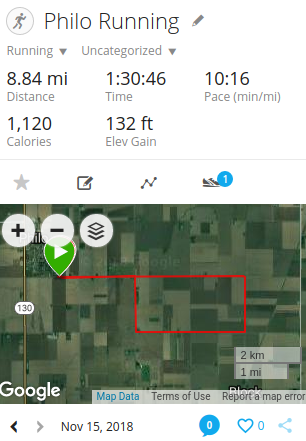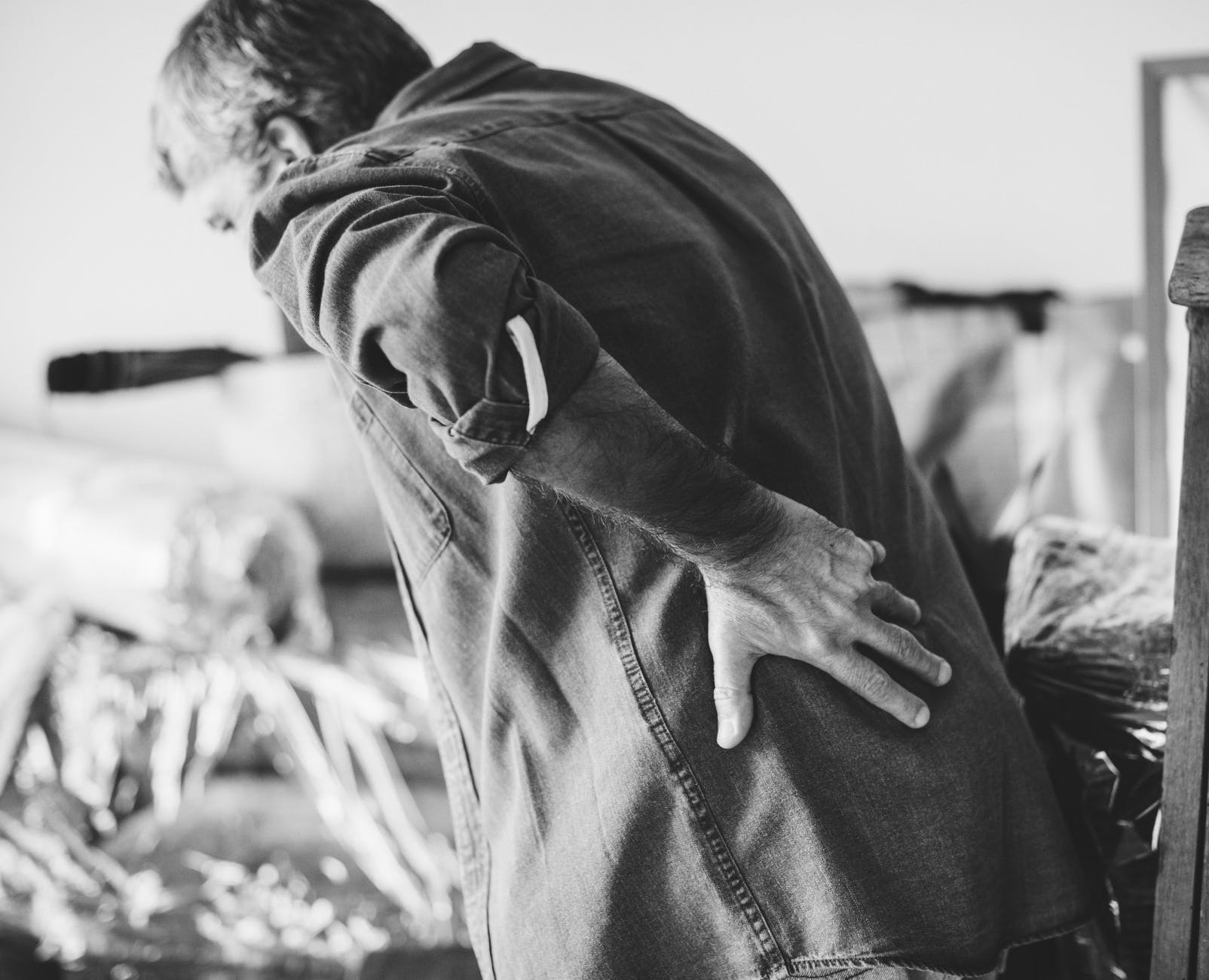When is everything just fine? Seldom ever!
If I think about it, there is some pain somewhere in my body every day. When you’re a runner there are common areas that can ache (or worse) regularly; then there are those pain points that you can’t ignore.
Get to know your body parts at least at the high-level, so you know what hurts and what you may be able to do about it.
Know your buttocks! This may sound funny or the start of a joke, but for the runner having an understanding of what all connect in that part of your body can be helpful. I know I’m not alone in saying the sciatic nerve and piriformis muscle can be a pain in the backside.
In your legs be aware of the quads and hamstrings of the upper leg, the knee area (for example the MCL, ACL, LCL), the lower leg with the tibia bone as the main support and fibula as the smaller bone structure, and the Achilles tendon running down the back of the leg to the heel. In your feet get to know the plantar group which runs across the bottom from the heel forward. These are my primary points of attention.
There are a lot more muscles and technical information available. If I can toot my company’s own horn for a moment, I like the book “Running Anatomy” by Joe Puleo and Patrick Milroy in our collection of Running Books here. As of this post, the 2nd edition is available. What I like about this book is that it contained some technical information and structures for practical application for the non-anatomy-expert.
The rest of your body is involved in running as well. I was surprised how I injured my rib cage and shoulders while running! I’ll talk about the head and the impact of our thinking in a different post. I mentioned in another post about my non-running exercise; these upper body injuries are the reason I do the extra workout. Be sure to keep your torso strong and flexible to make your running more effective and enjoyable.
Do I stop exercise when I have an injury? No, I compensate.
For example, when I separated some ribs, it became challenging to take a deep breath thus making a full run out of the question, but I could power walk and walk I did!
With leg, knee, ankle, and foot issues, I find ways to compensate for the pain or injury. This may include less aggressive speed, reduced difficulty routes, a change in gait which often includes a change in the foot strike zone. Whatever I can do to keep moving. This tactic has worked well over the years. A note of caution – oft times when compensating for one injury you can create another pain point, be sure to pay close attention to what hurts!
You may want to consider Pilates, Yoga, or other massage and stretching therapies. Here is a great resource from a Physical Therapist and Pilates expert on dealing with pain and injury.
Listen to your body, but don’t stop moving.







 Before the first mile was complete, I could feel the additional energy drain. I have had to break out my heavier winter gear the last few days due to the cold wind chill (as seen on the right). Today the temperature was in the upper 20’s with the wind in the upper teens making it a bit more bearable.
Before the first mile was complete, I could feel the additional energy drain. I have had to break out my heavier winter gear the last few days due to the cold wind chill (as seen on the right). Today the temperature was in the upper 20’s with the wind in the upper teens making it a bit more bearable. I was able to complete my 8+ miles at a slow pace, but it was a good workout, and I’m very grateful to be able to get out there and run even if the conditions are a little rough.
I was able to complete my 8+ miles at a slow pace, but it was a good workout, and I’m very grateful to be able to get out there and run even if the conditions are a little rough.
